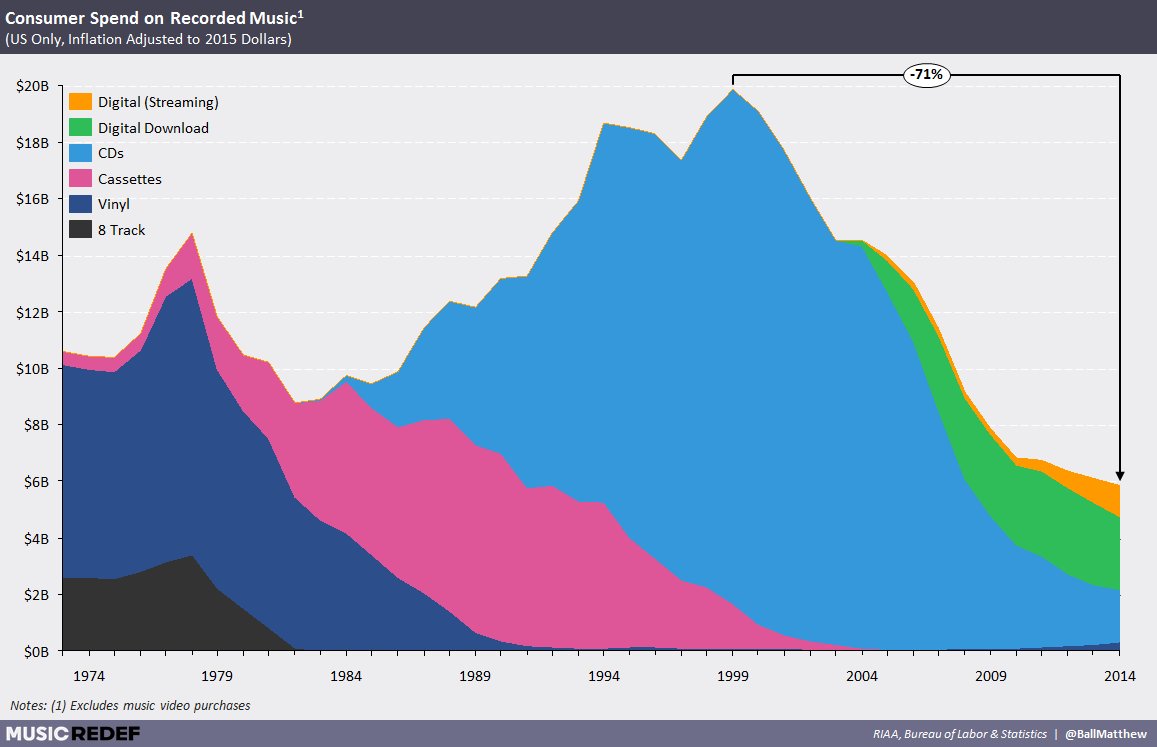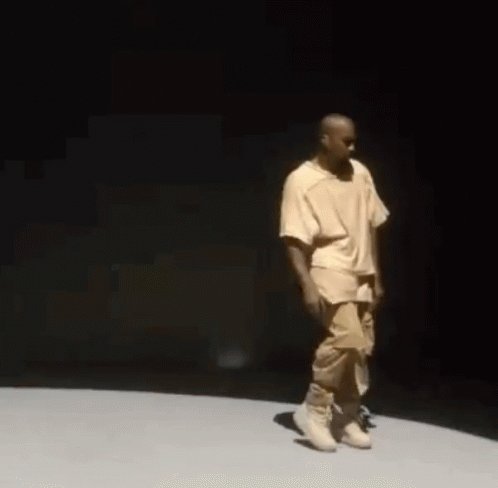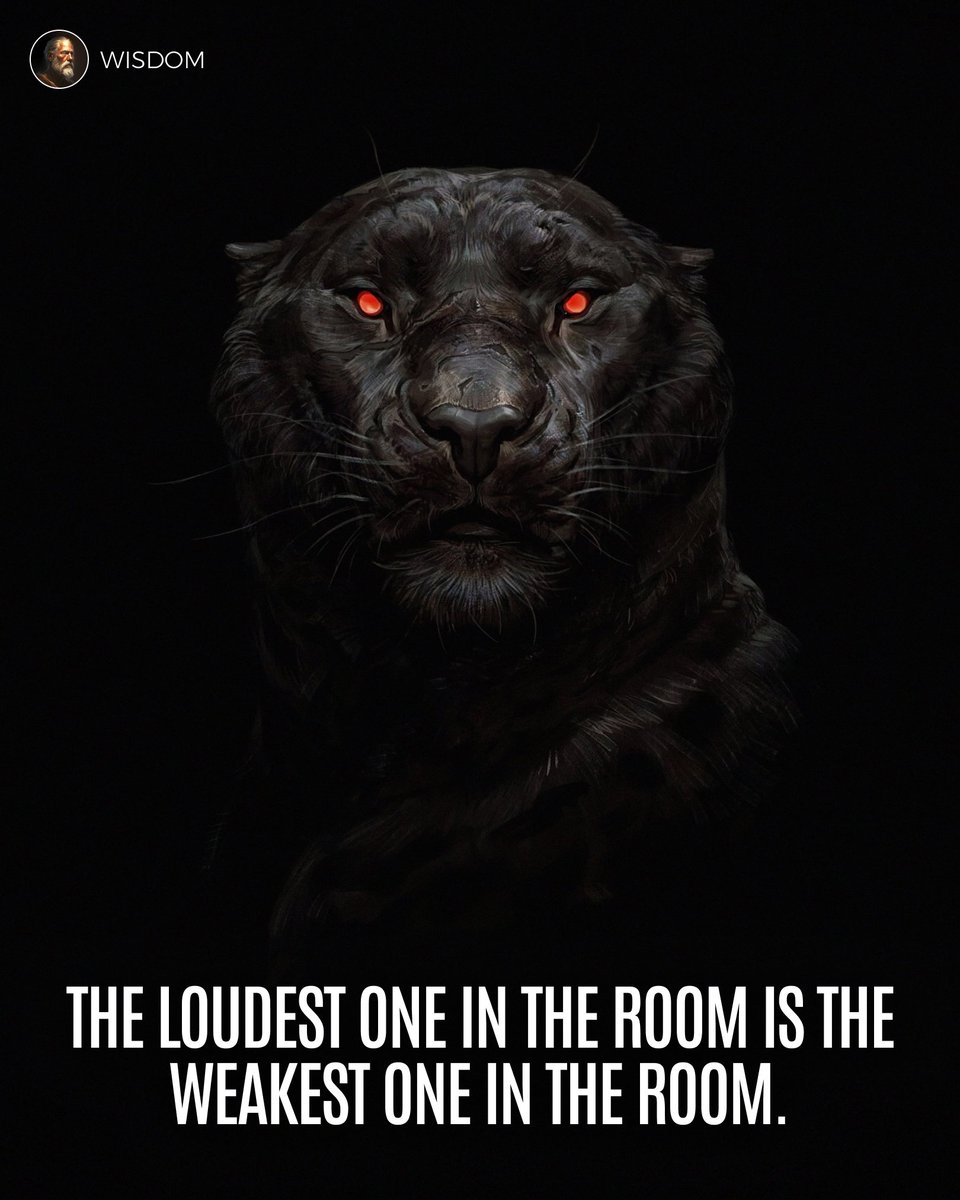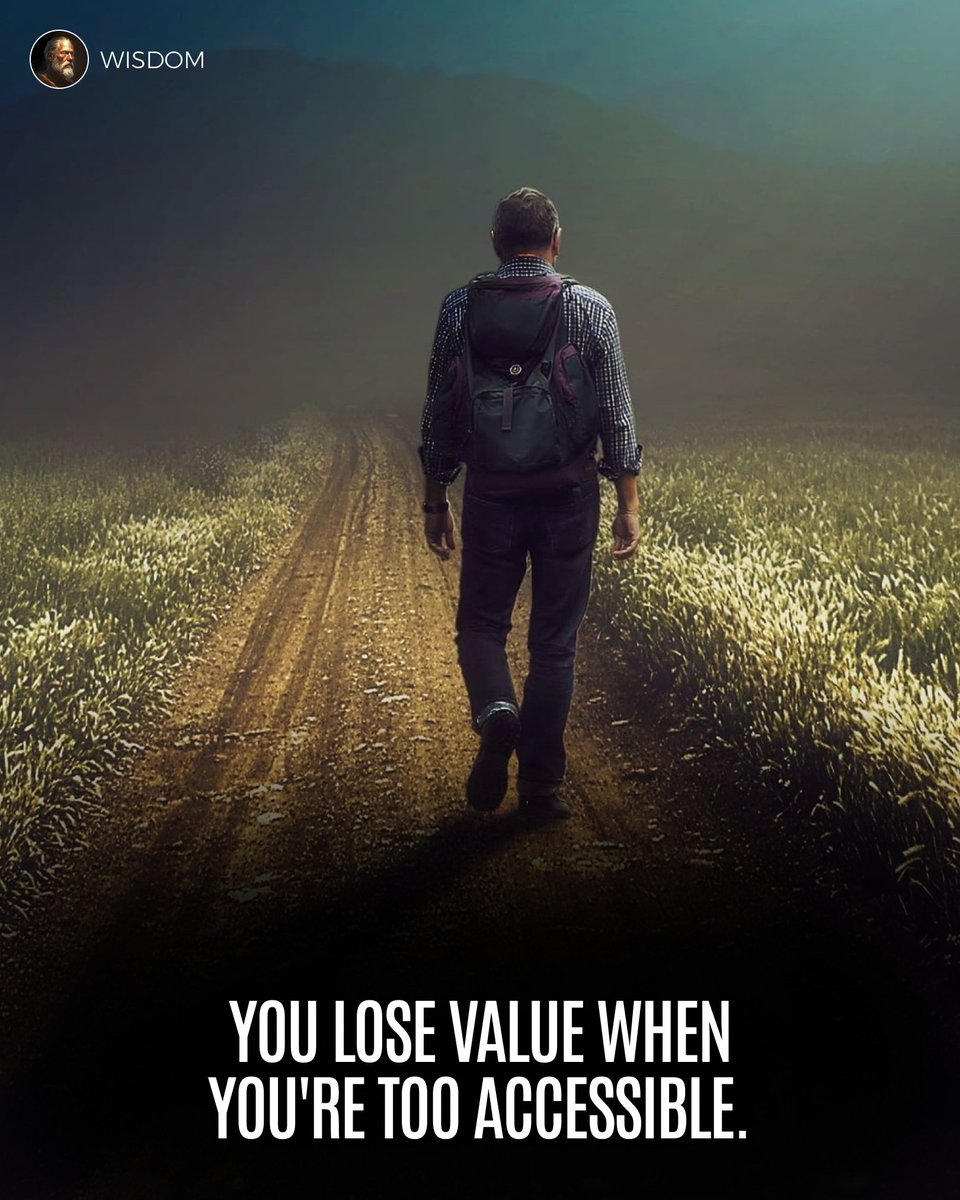
1/ Let's start with something controversial: the music industry is inverting.
1 / Let\u2019s start with something controversial: Money managers are a commodity.
— \u1d05\u1d00\u1d20\u026a\u1d05 \u1d18\u1d07\u0280\u1d07\u029f\u029f \u270c (@david_perell) December 5, 2017

If you wanted to hear him play, you had to listen in person. Fans had personal relationships with their favorite musicians.
For the first time, music was infinitely replicable and could last forever. Since fans didn’t have to listen to music live, they could support their favorite musicians in new ways.
Artists lacked the skills and capital required to distribute their music. They had to live in NY, LA, or Nashville, where they did favors for industry insiders and paid their dues.
Small groups of “expert” executives called the shots.
Their business models depended on mass market reach and distribution, so they financed music for people with “average” taste.
The big got bigger, but it was hard for small artists to break in.
The internet changed things. Consumer spend on recorded music plummeted, falling 71% from 1999 to 2014.

He used to make Top 40 playlists and upload them to torrent sites. Then, he slipped his own track in there and people thought it was a hit.
Perception became reality when I started dancing to it at Bar Mitzvahs 😂😂

The laws of supply and demand no longer work when there’s infinite supply and replication is easy.
The music industry needs a new revenue stream.
Today, 87% of revenue now comes from concerts versus recorded music. Live music is the bedrock of artists’ income streams.
Playlists trump albums and there's a new set of rules:
1) Release music more often.
2) Focus more on singles, and less on albums.
3) Record videos to connect with fans.
1) Playlists
2) Viral videos and memes
Power has shifted from gatekeepers to the wisdom of the crowd.
Why?
Each song generated millions of social media impressions, downloads, and streams. No song left behind.

They’re brilliant community builders — they’re real, accessible, and engage fans directly.
Gangnam Style was so popular that tourism to South Korea increased more than 15% the year after it was released.

Music used to be the bottom of the funnel, but now, it’s the top of the funnel.
With brand deals, startups, and merchandise sales, artists are building a portfolio of revenue streams. People don’t just buy music — they buy the brand.
Artists are building passionate communities.
Fans have direct relationships with their favorite artists.
More from All
Ivor Cummins has been wrong (or lying) almost entirely throughout this pandemic and got paid handsomly for it.
He has been wrong (or lying) so often that it will be nearly impossible for me to track every grift, lie, deceit, manipulation he has pulled. I will use...

... other sources who have been trying to shine on light on this grifter (as I have tried to do, time and again:
Example #1: "Still not seeing Sweden signal versus Denmark really"... There it was (Images attached).
19 to 80 is an over 300% difference.
Tweet: https://t.co/36FnYnsRT9

Example #2 - "Yes, I'm comparing the Noridcs / No, you cannot compare the Nordics."
I wonder why...
Tweets: https://t.co/XLfoX4rpck / https://t.co/vjE1ctLU5x

Example #3 - "I'm only looking at what makes the data fit in my favour" a.k.a moving the goalposts.
Tweets: https://t.co/vcDpTu3qyj / https://t.co/CA3N6hC2Lq

He has been wrong (or lying) so often that it will be nearly impossible for me to track every grift, lie, deceit, manipulation he has pulled. I will use...

... other sources who have been trying to shine on light on this grifter (as I have tried to do, time and again:
Ivor Cummins BE (Chem) is a former R&D Manager at HP (sourcre: https://t.co/Wbf5scf7gn), turned Content Creator/Podcast Host/YouTube personality. (Call it what you will.)
— Steve (@braidedmanga) November 17, 2020
Example #1: "Still not seeing Sweden signal versus Denmark really"... There it was (Images attached).
19 to 80 is an over 300% difference.
Tweet: https://t.co/36FnYnsRT9

Example #2 - "Yes, I'm comparing the Noridcs / No, you cannot compare the Nordics."
I wonder why...
Tweets: https://t.co/XLfoX4rpck / https://t.co/vjE1ctLU5x

Example #3 - "I'm only looking at what makes the data fit in my favour" a.k.a moving the goalposts.
Tweets: https://t.co/vcDpTu3qyj / https://t.co/CA3N6hC2Lq

You May Also Like
"I lied about my basic beliefs in order to keep a prestigious job. Now that it will be zero-cost to me, I have a few things to say."
We know that elite institutions like the one Flier was in (partial) charge of rely on irrelevant status markers like private school education, whiteness, legacy, and ability to charm an old white guy at an interview.
Harvard's discriminatory policies are becoming increasingly well known, across the political spectrum (see, e.g., the recent lawsuit on discrimination against East Asian applications.)
It's refreshing to hear a senior administrator admits to personally opposing policies that attempt to remedy these basic flaws. These are flaws that harm his institution's ability to do cutting-edge research and to serve the public.
Harvard is being eclipsed by institutions that have different ideas about how to run a 21st Century institution. Stanford, for one; the UC system; the "public Ivys".
As a dean of a major academic institution, I could not have said this. But I will now. Requiring such statements in applications for appointments and promotions is an affront to academic freedom, and diminishes the true value of diversity, equity of inclusion by trivializing it. https://t.co/NfcI5VLODi
— Jeffrey Flier (@jflier) November 10, 2018
We know that elite institutions like the one Flier was in (partial) charge of rely on irrelevant status markers like private school education, whiteness, legacy, and ability to charm an old white guy at an interview.
Harvard's discriminatory policies are becoming increasingly well known, across the political spectrum (see, e.g., the recent lawsuit on discrimination against East Asian applications.)
It's refreshing to hear a senior administrator admits to personally opposing policies that attempt to remedy these basic flaws. These are flaws that harm his institution's ability to do cutting-edge research and to serve the public.
Harvard is being eclipsed by institutions that have different ideas about how to run a 21st Century institution. Stanford, for one; the UC system; the "public Ivys".
































